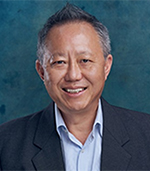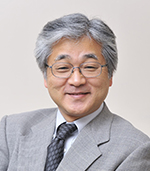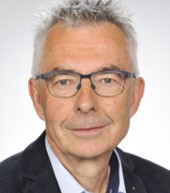

Kristina Kutukova, Scientific Advisor
Fraunhofer IZM-ASSID, Germany
Title: Mechanical Robustness of Chiplets – An X-ray Microscopy Study
CV

Seungbae Park, Professor
State University of New York at Binghamton, USA
Title: Reliability Challenges for Heterogeneously Integrated Packages
CV
Katsuaki Suganuma, Professor
Osaka Uniersity, Japan
Title: Interconnection Technology for Advanced and Power Semiconductors
CV
Young-Chang Joo, Professor
Seoul National University, Korea
Title: Reliability Challenges in Advanced Interconnect and Packaging
CV
Jichul Kim, Master
Samsung Electronics Co., Ltd., Korea
Title: Embracing Advanced Packaging for Future AI-Enabled Consumer Electronics
CV
Fraunhofer IZM-ASSID, Germany
Title: Mechanical Robustness of Chiplets – An X-ray Microscopy Study
Abstract
Biography

BTU Cottbus, Germany
Title: Combining Acoustic Microscopy and X-Ray Microscopy for Metrology, Inspection and Failure Analysis in Advanced Packaging
Abstract
Biography

Osaka Uniersity, Japan
Title: Interconnection Technology for Advanced and Power Semiconductors
Abstract

Biography

ASMPT, Singapore
Title: Enabling the AI era
Abstract
Biography

Samsung Electronics Co., Ltd., Korea
Title: Embracing Advanced Packaging for Future AI-Enabled Consumer Electronics
Abstract
Biography

State University of New York at Binghamton, USA
Title: Reliability Challenges for Heterogeneously Integrated Packages
Abstract
Biography

Seoul National University, Korea
Title: Reliability Challenges in Advanced Interconnect and Packaging
Abstract
Biography